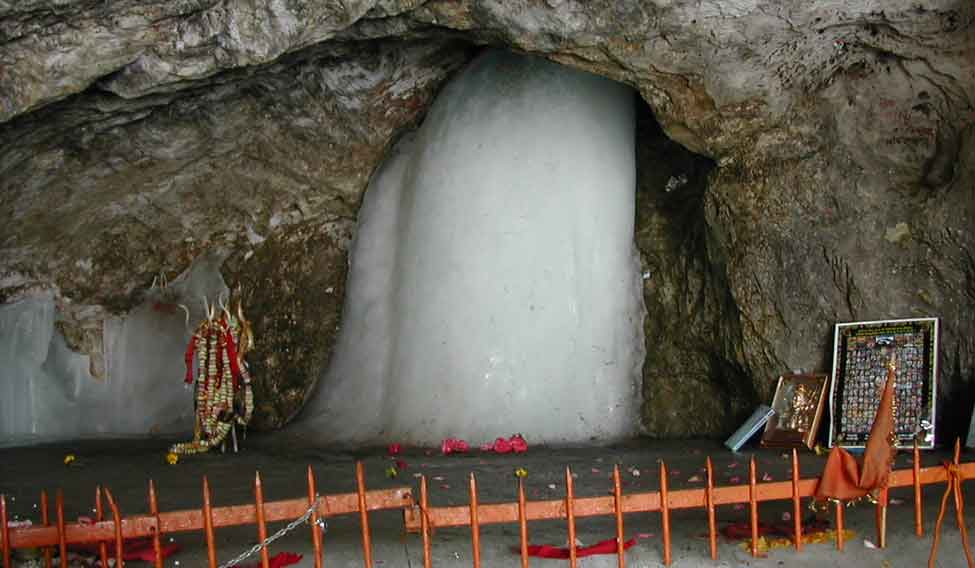Following protests over its decision to ban religious offerings at the Amarnath Cave shrine in the south Kashmir Himalayas, the National Green Tribunal on Thursday clarified it has not declared a 'silence zone' at the shrine.
A bench headed by NGT Chairperson Justice Swatanter Kumar said that due silence has to be maintained only in front of the ice stalagmite resembling the 'Shivalinga'.
A detailed order is still awaited.
The Green Tribunal had on Wednesday prohibited religious offerings beyond the entry point.
It had earlier said that declaring the area around the Amarnath Cave shrine a 'silence zone' would be helpful in preventing avalanches and maintaining its pristine nature.
The Amarnath Cave shrine is considered one of the major holy shrines by Hindus. The cave itself is covered with snow most of the year, barring a short period of time in summer when it is opened for pilgrims.
The NGT's clarification on Thursday followed protests by the Vishwa Hindu Parishad, a Hindu right-wing outfit, which had termed its earlier order as a Tughlaki fatwa (whimsical whip). It had said that Hindus were not responsible for every ecological problem on the earth.
However, environment activist Gauri Maulekhi, on whose plea the directions were passed, had welcomed the order on Wednesday and termed it good and progressive.
"The Amarnath Cave is located in a delicate ecosystem. The directions would make the Amarnath Yatra safe and convenient for the devotees. This would protect the shrine from degradation and ensure it is protected for the coming generations. It is indeed a very good and progressive direction," Maulekhi had told mediapersons on Wednesday.





